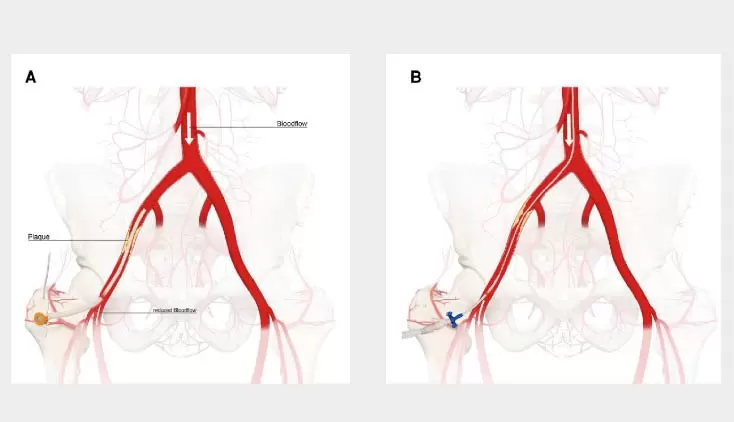Patient Identification, Protected PCI
Optimized Patient Selection for High-Risk Protected PCI
Jürgen Leick, MD, discusses his publication titled “Optimized patient selection in high-risk protected percutaneous coronary intervention.” This is 1 of 8 articles published in European Heart Journal Supplements in 2022 describing best practices in Protected percutaneous coronary intervention (PCI). Dr. Leick is an interventional cardiologist and head of interventional cardiology at Heart Center Trier in Germany.
“Patient selection is one of the cornerstones for successful high-risk PCI,” Dr. Leick emphasizes. He states that there are no clear recommendations or guidelines identifying high-risk PCI. In order to identify these patients, operators must look at a combination of patient-related criteria, coronary anatomy, and hemodynamic status.
Dr. Leick explains the Protected PCI is defined as PCI performed with mechanical circulatory support (MCS). It is particulary important in situations where hemodynamic deterioration may occur, for example when operators may be using techniques such as intravascular lithotripsy (IVL) or rotational atherectomy. In these situations, MCS provides safety for the patient as well as a stable working environment for operators, enabling them to focus on the intervention with less concern for the patient’s hemodynamics.
In daily practice, Dr. Leick explains that a heart team, including cardiac surgeons and colleagues in the intensive care unit, examine the patient-related criteria, coronary anatomy, and patient’s hemodynamic status before the case to determine eligibility as well as determine whether any factors can be improved before the elective procedure.
Dr. Leick concludes by highlighting the PROTECT IV randomized controlled trial currently underway, which he hopes will confirm Protected PCI best practices.
NPS-3891


